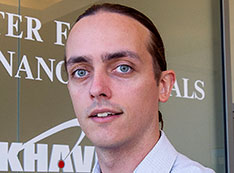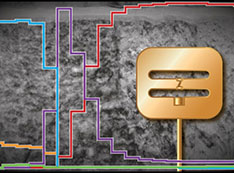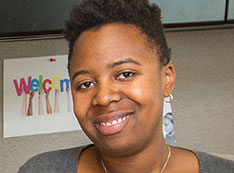Safety Update
improvements to CFN safety
January 24, 2022

Wai-Lin Ng
COVID-19 Update
Happy New Year!
Brookhaven Lab continues to operate in Phase 2 - Limited Operations status, with approximately 35 percent of staff onsite each day. CFN is operating with approximately 50 percent of staff onsite each day (36 people), supporting a maximum of 15 onsite users each day. Given the “high” level of community transmission in Suffolk and Nassau Counties (as per the Centers for Disease Control and Prevention COVID-19 Data Tracker County View), CFN is averaging around 12-14 users per day, primarily from BNL, local universities, or people from institutions farther away but permanently based on Long Island. Vaccination, face coverings, and other controls are currently required onsite.
Submitting a Safety Approval Form
HAZARDS ARE IDENTIFIED AND EVALUATED FOR EVERY TASK, EVERY TIME. Users are expected to understand the hazards associated with their work and the controls necessary to do the work safely. The CFN online proposal form requires the user to identify experimental materials, equipment, tasks, and the potential hazards associated with their project. An analysis should be included to determine the potential safety and environmental risks. The purpose for providing such information is so that the CFN Points of Contact and ES&H staff can help you to determine the prudent lab practices and requirements to safely do the work.
On the Safety Approval Form (SAF) you may describe the steps needed to prepare and collect data. For example, describe sample placement, any gases used, and temperature and pressure requirements. For laboratory work requiring chemical methods, describe sample preparation, synthesis, chemical etching, or other processes needed. Provide sufficient information to assess the work processes, and where to focus on hazards and risks. Describe how much of each material will be used, what will be done with these materials, and how much waste will be generated.
Review the Safety Data Sheets (SDS) to help you identify the chemical hazards, and how to properly store and handle the materials. High-risk activities involving reactive chemicals (such as explosives, peroxides, peroxide formers, strong oxidizers, and pyrophoric or water-reactive chemicals) must be described on the SAF. You may attach SDS and procedures as an Adobe (PDF) file if there is not enough room on the form. All biological materials shall be reviewed by CFN staff.
MAINTAIN A HEALTHY RESPECT FOR WHAT CAN GO WRONG. First-time operations with potential hazards are never conducted without a thorough discussion with CFN staff and planning of the experiment. Please engage your CFN Points of Contact with questions on the materials and equipment you will be using.
Keep in mind that chemical wastes generated may remain hazardous. CFN staff will assist you with categorizing the waste and advise how hazardous wastes generated from the experiments are disposed of according to an approved process at BNL. Non-hazardous experimental samples that are brought to CFN for characterization shall be returned to your home institution.
Other Safety News
During the last quarter of 2021, CFN successfully completed safety readiness reviews for three newly installed instruments: the Quantum Material Press Cluster Tool, the DynaCool physical property measurement system (PPMS) and the Veeco Atomic Layer Deposition system. The inspection team will provide an inspection report with recommendations for follow-up, but no major findings are expected. These tools will be made available to users by Spring 2022.
— Wai-Lin Ng
ES&H Manager
2022-19382 | INT/EXT | Newsroom











